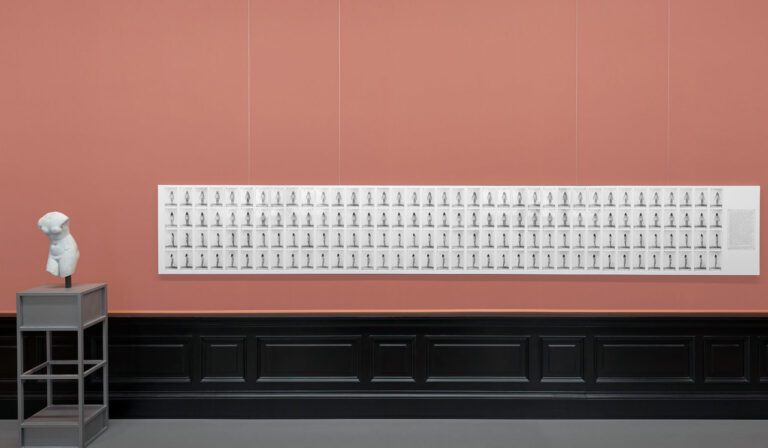You hadn’t been to Vienna if you hadn’t visited the Kunsthistorisches Museum. They have an immense collection of objects and art pieces, spanning from the ancient times of the Kingdom of Egypt up to the 1800s… But, what about art from more modern times? You can learn about them in KHM’s latest The Shape of Time exhibition. It’s about to close on the 8th of July so hurry up!
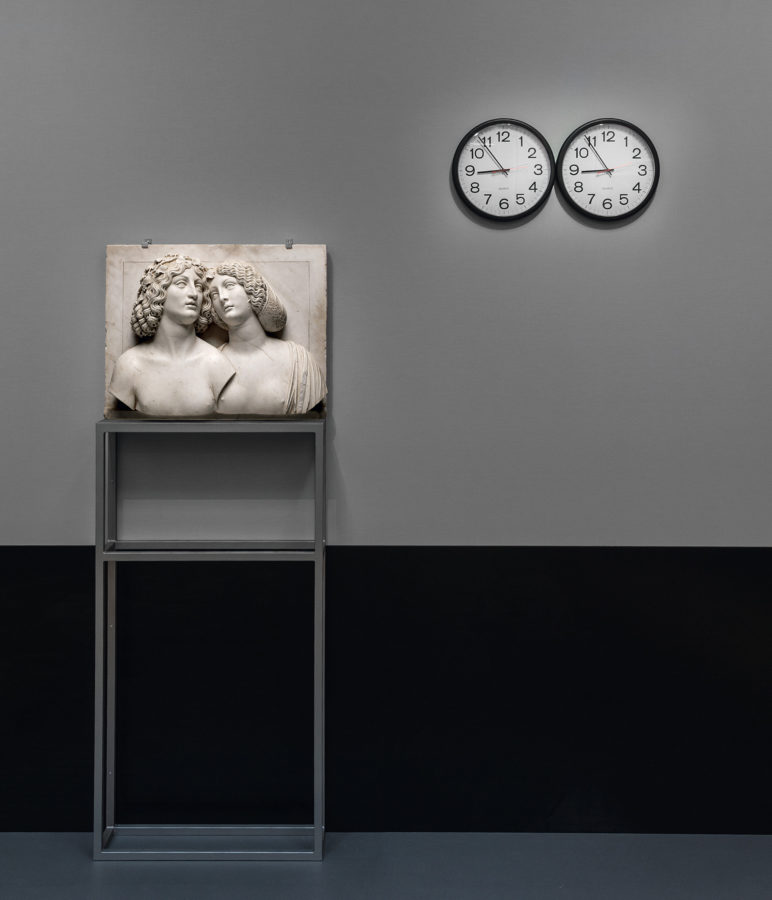
The idea of the exhibition is to illustrate the period not covered by the museum’s own collection, so from c.1800 till today, by pairing works borrowed from various museums around the world (like Tate, The Metropolitan Museum of Art, Musée Picasso, Art Institute of Chicago…) and private collections with the museum’s own pieces. In result, the visitors get a chance to see the network of inspirations, influences, and interconnections between modern artists and their predecessors, revealing how ideas evolved and recurred across centuries and cultures.
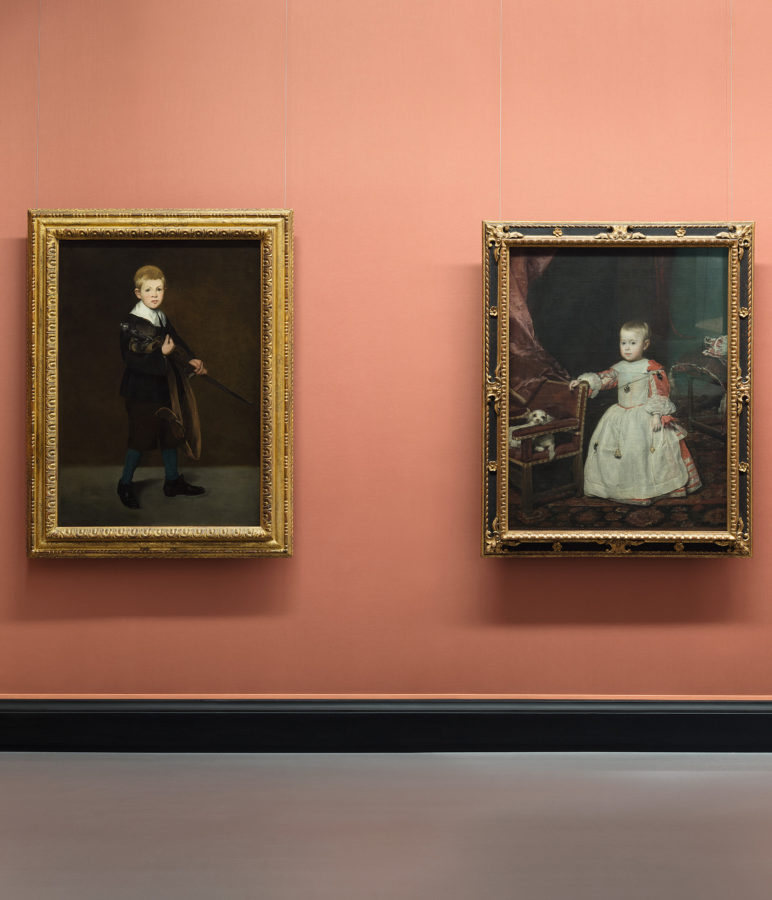
The curator Jasper Sharp was largely inspired by George Kubler’s view of history, which he presented in his extremely successful 1962 book “The Shape of Time”. For Kubler history was equal to a process in which an increase of knowledge is paralleled by repetition and renewal.
The exhibition chronologically begins with J.M.W. Turner’s painting from 1842 and ends with a work by American artist Kerry James Marshall made especially for the exhibition in response to Tintoretto (see below). Among other major artists exhibited we find such names as Claude Cahun paired with Sofonisba Anguissola, Mark Rothko, and Rembrandt, Maria Lassnig with Rubens (see below), Eleanor Antin with Roman antiquity piece, Steve McQueen with Brueghel, Lucian Freud with Bronzino, or Peter Doig paired with Bruegel.
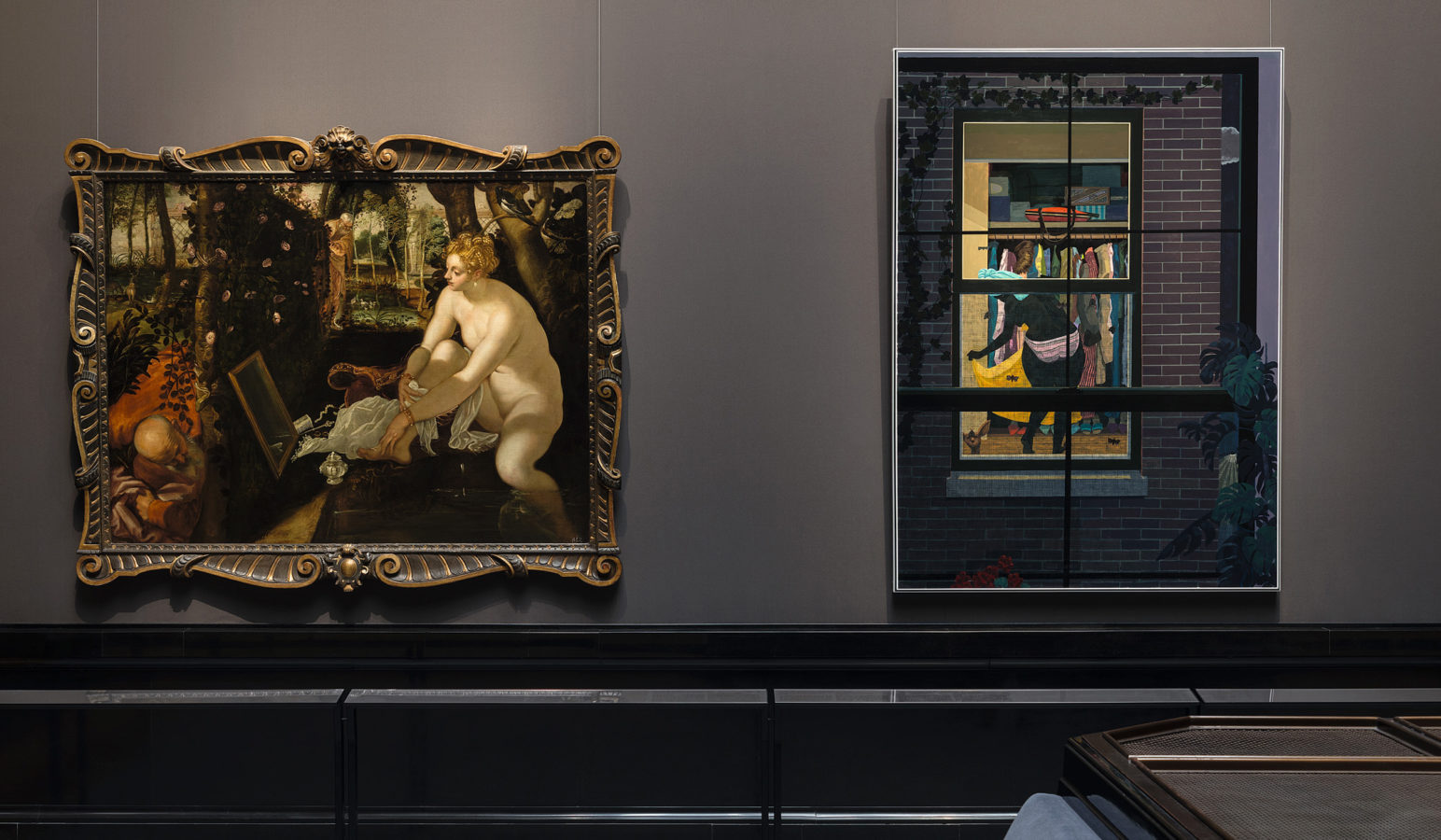
However, the curator reveals that conceptually the exhibition begins elsewhere, that is with the set of furniture objects by Franz West, which was part of the landmark 1989 exhibition. It was the first ever exhibition of a living artist in the museum, an act which had set in motion a curatorial programme continued to this day. Therefore, we can see that The Shape of Time retraces also the history of KHM as an art and culture institution.
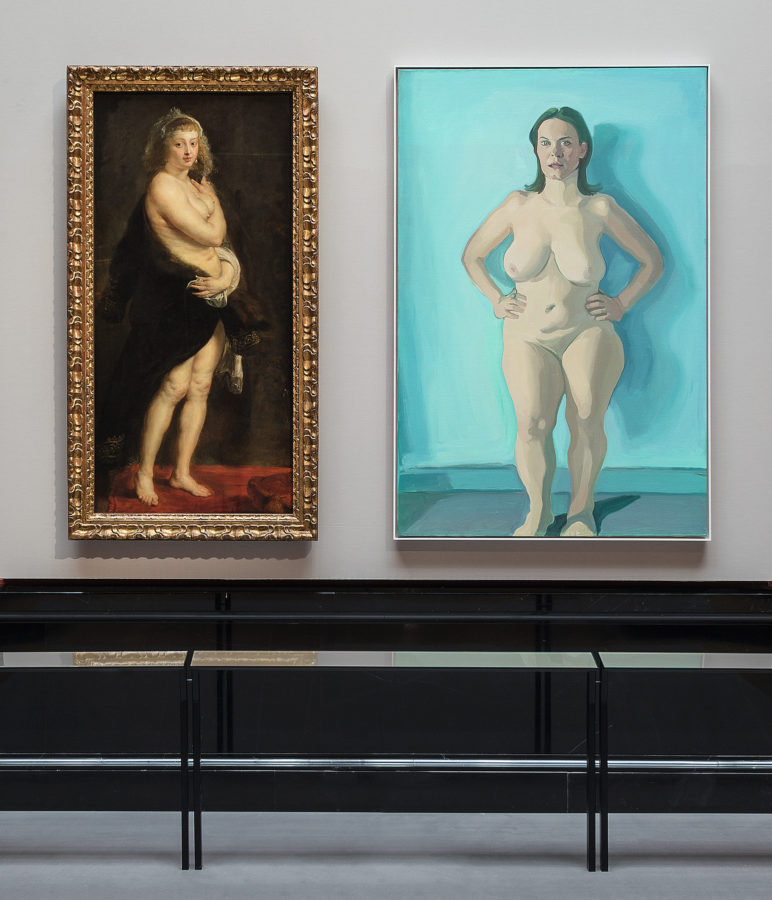
Personally, I find the idea of an exhibition revolving around dialogues between art objects and artists extremely powerful in its simplicity. It clearly points out how interconnected the world is, and that history (and art history included) is like trying to put all the pieces of inspirations, juxtapositions, historical and cultural influences together like puzzles.
Find out more:
